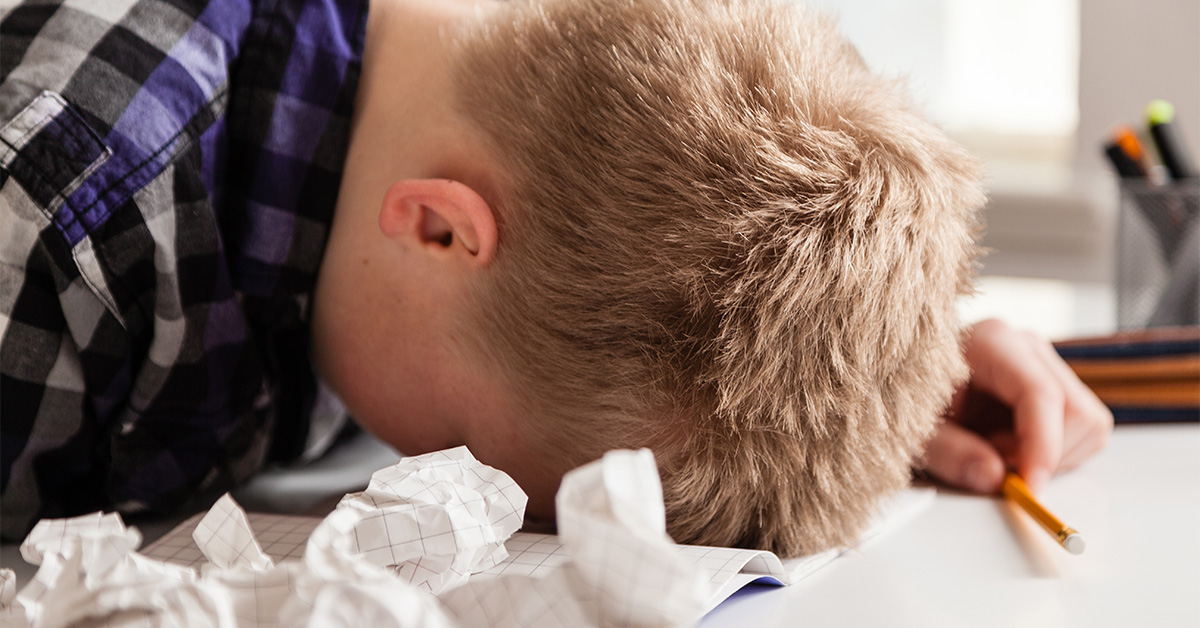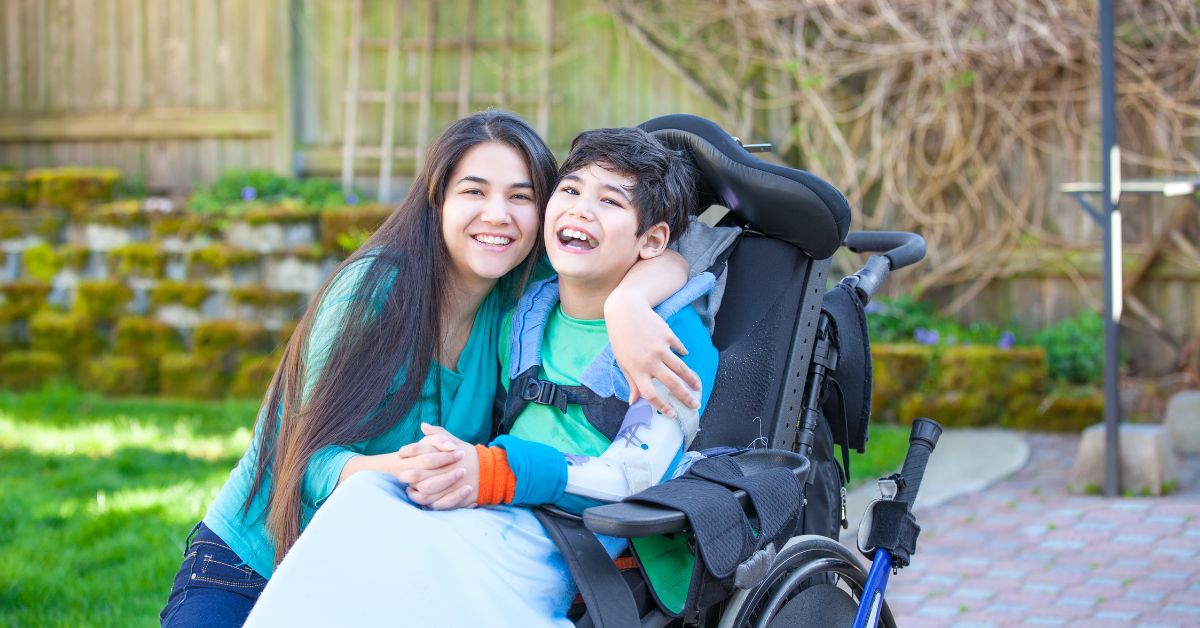Pandemic Report Part 2: Why are some children struggling more than others?

In our last blog, we explored the initial findings of our Pandemic Report: Inside Teens’ Lingering Mental Health Struggles and How Parents Can Help.
When the Torchlight team carefully compiled and analyzed platform data from March 2020-March 2022, we discovered that caregiver concerns rose for teenagers more than for any other childcare group during the pandemic—and that problems persist.
Concerns about anxiety increased by nearly 50% over this period; concerns about self-harm and social skills also rose dramatically.
But what exactly caused these issues in the first place? And why weren’t other children affected?
For answers, we consulted psychologist and developmental specialist Dr. Jill Goldberg Arnold. According to her, one of the main reasons is where different children were on their developmental curve when the pandemic began.
For younger children, family and the home are the entire world. As a result, more time at home wasn’t necessarily a problem. For some, it was even beneficial, helping their development stay on track.
At the other end of the spectrum, college-aged kids may have missed out on freshman experiences, but they still achieved some autonomy. They could drive to a trail to hike with a friend or play basketball at the park instead of the gym to meet their social needs.
However, as children head into middle school and high school they become increasingly independent, pushing away from their parents. The pandemic began just in time to interrupt this essential process. With kids stuck at home, they couldn’t attend sleepovers, walk to the park with friends or build their social circles at school. As a result, many became anxious, stressed, and depressed.
As Dr. Gary L Freed, Mott Poll Co-director and Pediatrician said, “Just as young people are at the age of being biologically primed to seek independence from their families, COVID-19 precautions have kept them at home.”
Dr. Goldberg Arnold breaks down the issue into three key phases of development that the pandemic interrupted.
- Autonomy
Teens were stuck at home and couldn’t spread their wings.
- Social Ties
Teens couldn’t make or see friends.
- Behavior Development
Teachers have reported outlandish behavior from many kids returning to school. While younger students quickly adapted, teens had trouble getting back on their behavioral development track.
There are of course additional factors that contributed to teens’ challenges including increased social media use and overexposure to parental stress. One of the more interesting factors is that, outside of the physical classroom, teens were removed from the informal but essential mental health screens that exist at school.
According to professor and researcher Dr. Holly Wilcox, “In most schools, there are adults—even if they don’t have a mental health background—who are very good at recognizing distress or recognizing an abrupt change in students [and] can intervene…During the pandemic, we haven’t had that system in place.”
Now that we know why some teens are struggling to bounce back from the pandemic, the next step is to understand how parents and caregivers can help. The following report will help caregivers identify why their teens may still be struggling and provide practical strategies to help them bounce back.
Download Pandemic Report: Inside Teens’ Lingering Mental Health Struggles And How Parents Can Help here.



